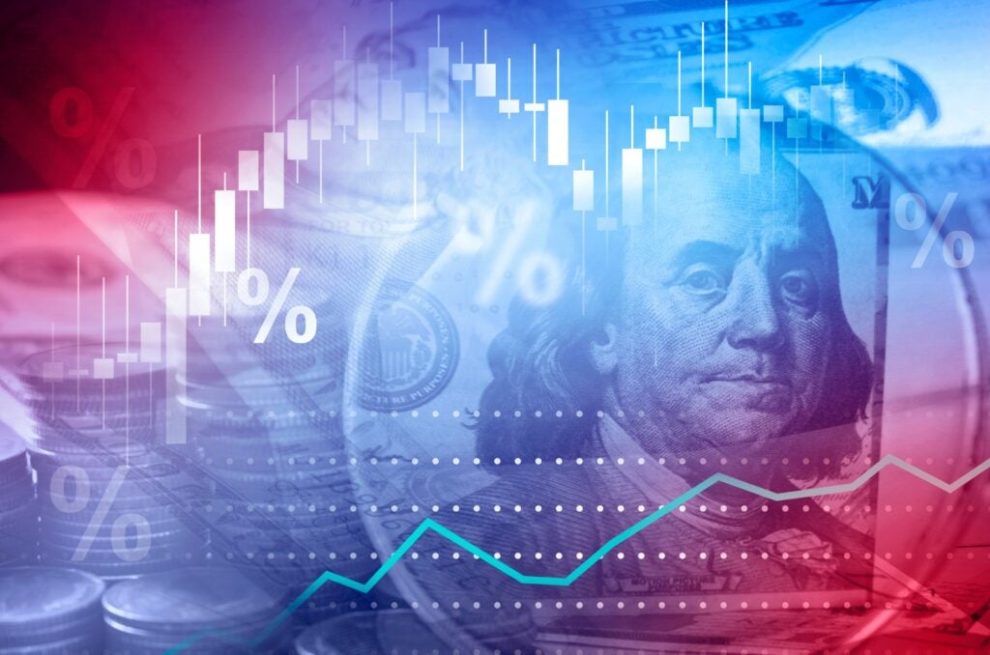U.S. private sector activity accelerated sharply in May as both manufacturing and services topped forecasts, yet a surge in prices driven by tariff impacts pushed inflationary signals to levels last seen in August 2022.
S&P Global’s flash Purchasing Managers Indices (PMIs) for May painted a strong picture of U.S. economic momentum. The composite PMI rose to 52.1, a solid jump from April’s 50.6 and firmly above the neutral 50 line that separates growth from contraction.
Confidence Rebounds, But So Do Tariff Troubles
The services PMI improved from 50.8 to 52.3 and beat forecasts of 50.8. Similarly, the manufacturing PMI rebounded from 50.2 to 52.3 and exceeded estimates of 50.1.
Business sentiment, which had dropped to a two-and-a-half year low in April, rebounded in May to its highest level since January.
Chris Williamson, chief business economist at S&P Global Market Intelligence, said optimism was largely tied to “the pause on higher rate tariffs.”
Yet, the data masked growing stress beneath the surface. Export demand continued to contract, particularly in the services sector, while supply chain delays intensified.
Delivery times worsened to the greatest extent since October 2022.
The inventory buildup of manufacturing inputs surged at the fastest pace in the 18-year history of the survey, as firms rushed to secure supplies ahead of potential tariff hikes once the current 90-day pause expires in July.
Inflation Pressure Spikes To 2022 Levels
Tariffs were the central inflationary force in May, driving prices higher at a pace unseen since August 2022. Selling prices for manufacturers posted the biggest increase since September 2022. Meanwhile, services firms raised prices at the fastest rate since April 2023.
“Supply chain delays are now more prevalent than at any time since the pandemic led to widespread shortages in 2022,” Williamson said.
“Prices charged for both goods and services have spiked higher as firms and their suppliers seek to pass on tariff levies to customers.”
Manufacturing input costs rose at their sharpest rate since August 2022, while service sector costs grew at their fastest pace in nearly a year. The spike reflects companies stockpiling goods and pushing through costs before the tariff moratorium ends.
Markets React As Inflation Concerns Rise
Financial markets responded swiftly to the dual signals of economic strength and accelerating inflation.
The U.S. dollar index (DXY) – as tracked by the Invesco DB USD Index Bullish Fund ETF UUP – strengthened after several weak sessions, supported by rising expectations that the Federal Reserve will maintain its current interest rate policy for longer.
Yields on 10-year Treasuries held steady at 4.59%, while 30-year yields eased slightly to 5.11% after touching 5.15% earlier in the session.
Equity markets showed mild optimism. The S&P 500 index – tracked by the SPDR S&P 500 ETF Trust SPY – rose 0.3% and the tech-heavy Nasdaq 100 gained 0.8%, trimming losses from earlier in the week.
Read now:
Photo: Shutterstock






Add Comment